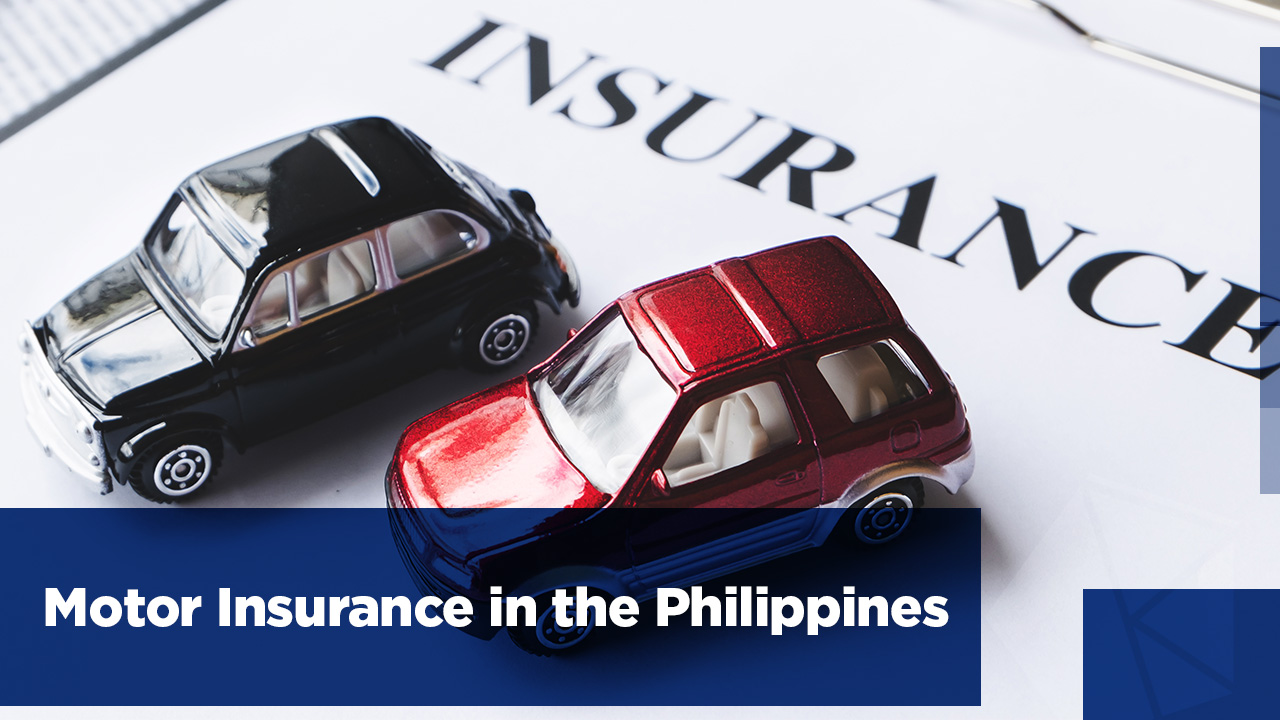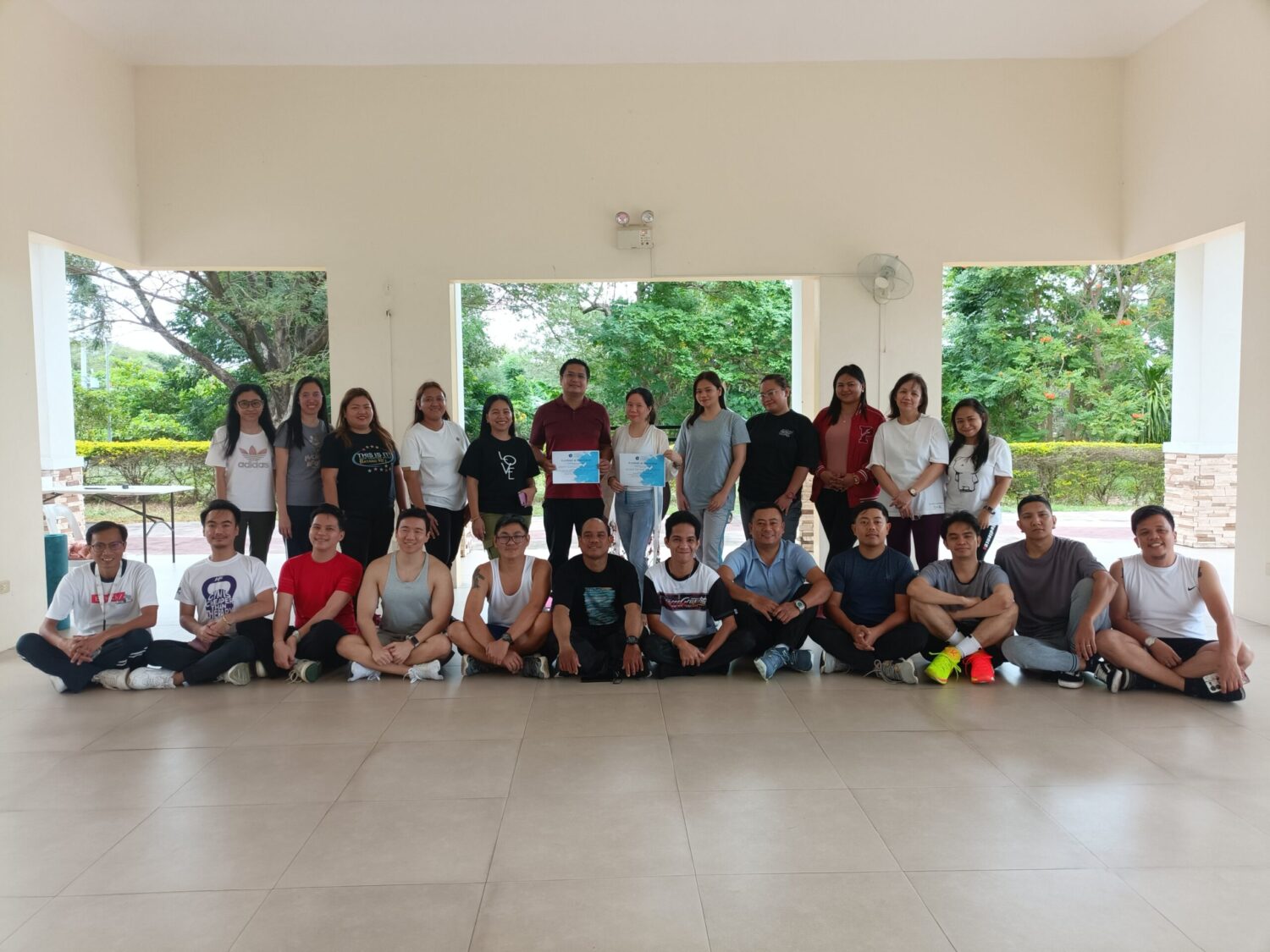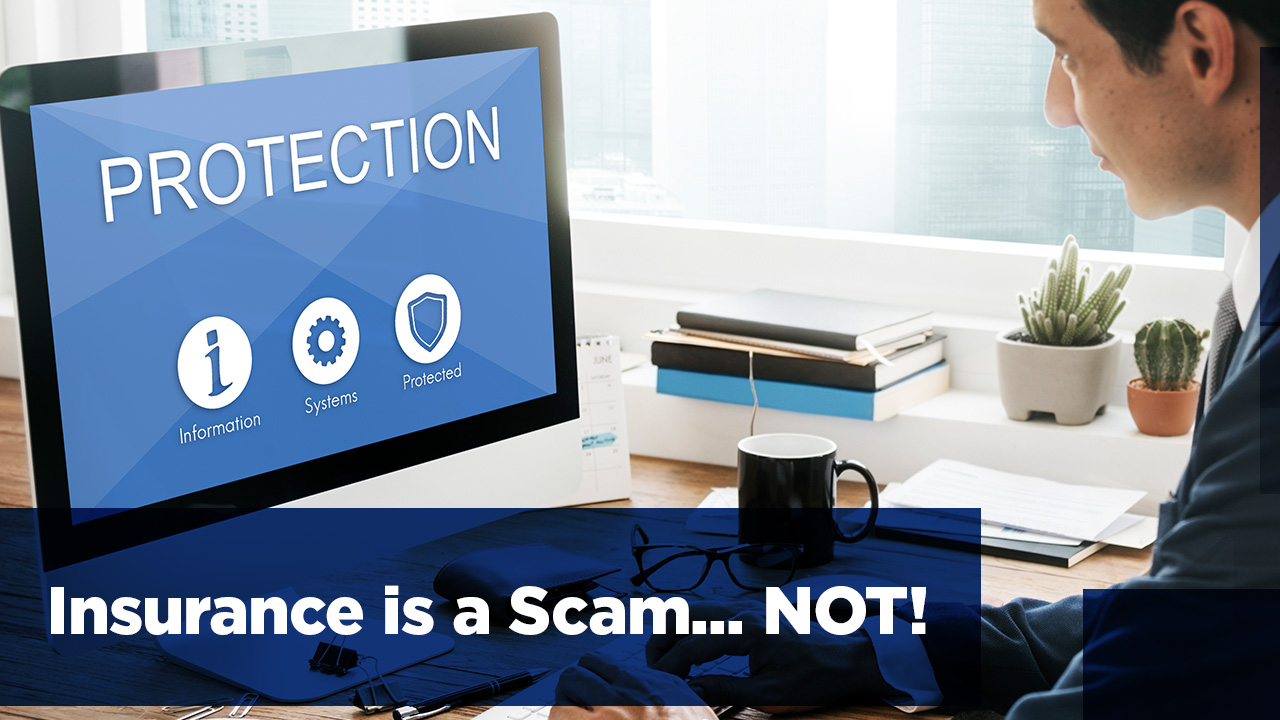Let’s face it! Owning a vehicle in the Philippines, whether a trusty motorcycle or a family car, is a significant investment. While the freedom and convenience are undeniable, so are the potential risks. Also, just like any valuable asset, any vehicle needs protection. That’s where motor insurance (in most contexts, also called “car” or “auto” insurance) acts as your financial safety net on wheels. But what exactly is it, and why is it so crucial in our unique context?
What Exactly is Motor Insurance?
Simply put, motor insurance is a contract between you, the vehicle owner, and an insurance provider. You pay a premium, and in return, the insurer agrees to cover specific financial losses related to your vehicle. It serves as a safety net for your car and your wallet. Its core purpose is to mitigate the financial impact of unexpected events. It’s about transferring the risk of costly mishaps from your shoulders to the insurer’s.
Why is it Non-Negotiable in the Philippine Context?
Beyond just being a piece of paper you keep in your glove compartment, motor insurance serves several crucial purposes. Here in the Philippines, motor insurance is a necessity driven by these reasons:
- Legal Compliance: First and foremost, the law mandates it. The Land Transportation Office (LTO) requires all registered vehicles to have at least Compulsory Third-Party Liability (CTPL) insurance. This policy protects you from financial liabilities arising from injuries or death you might cause to third parties in an accident. Without it, you’re not legally allowed to register or renew your vehicle’s registration. It’s the bare minimum, but it’s a crucial starting point.
- Financial Protection: Motor insurance helps cushion the financial blow, preventing you from draining your savings. While CTPL covers third-party liabilities, it doesn’t protect your vehicle. Comprehensive motor insurance safeguards you from a wide range of financial risks, including:
- Accident-Related Expenses: Whether it’s a fender bender or a major collision, repairs can be costly. Comprehensive insurance covers the expenses for repairing your vehicle, as well as damages to other vehicles or properties involved.
- Theft: Sadly, vehicle theft is a reality in many areas. Motor insurance can provide compensation if your vehicle is stolen, helping you recover from the financial loss.
- Natural Disasters: The Philippines is prone to typhoons, floods, and earthquakes. These natural calamities or AON (acts of nature) can cause significant damage to vehicles. Motor insurance can cover the repair or replacement costs, preventing you from shouldering the entire burden.
- Peace of Mind: Driving in the Philippines can be unpredictable. Knowing you have insurance coverage provides a sense of security, allowing you to focus on the road without constant worry about potential financial burdens.
Who’s The Right Motor Insurance Ally?
How do you sift through the noise and find the most strategic fit? It’s not just about getting a policy; it’s about getting the right policy. Let’s break down the key factors. First, understand what you’re evaluating. The cheapest premium is not always the right policy. Here’s your checklist:
- Reputation and Credibility
Look for longevity. How long has the company been operating in the Philippines? Check their financial stability. Are they consistently paying claims? Look for ratings from independent bodies, if available. Online reviews can also give you a feel for their general customer satisfaction, but take them with a grain of salt.
- Coverage Options: CTPL vs. Comprehensive
CTPL (Compulsory Third Party Liability) is the legal minimum, covering third-party injuries and damages. But for peace of mind, consider comprehensive coverage. Don’t settle for the bare minimum. Comprehensive coverage protects your vehicle from theft, damage from accidents, natural disasters, and more. Understand the nuances of each plan. Look closely at the specific inclusions and exclusions. Does it cover flood damage? What about personal accident coverage for passengers? Check the policies that align with your needs.
- Cost and Affordability of Premiums
Price matters, but it shouldn’t be the sole factor. Get quotes from multiple providers. Understand how factors like your vehicle type, age, and driving history affect your premium. Look for potential discounts. What are the deductibles? Are there payment plans available? Look for value, not just the lowest number.
- Availability of Customer Support and Added Benefits
Reliable customer support is essential. Can you easily reach them by phone, email, or online chat? Roadside assistance is a huge plus, especially if you travel frequently. Check for other perks like towing services or legal assistance.
- Ease of Claims Processing
This is crucial. A smooth claims process can make a world of difference during a stressful time. When you need them most, how efficient are they? Check for online claims submission, dedicated hotlines, and turnaround times. Online claims submission is a huge plus. Ask about their network of accredited repair shops. Check how long it typically takes for claims to be processed. Look for providers with clear and accessible claims procedures.
How do I file a motor insurance claim in the Philippines?
Dealing with a vehicular mishap is stressful enough without the added headache of processing insurance claims. Thankfully, while the process can seem daunting, it’s designed to get you back on the road as efficiently as possible. Let’s break down the steps involved in filing a motor insurance claim in the Philippines, ensuring you understand the necessary procedures and documentation.
- The first and most crucial step is immediate notification of your insurer. Time is of the essence. Prompt reporting allows your insurance company to initiate the claims process and gather crucial information while it’s still fresh. Contact your insurance broker or the insurance company’s hotline as soon as it’s safe to do so.
- Following this, documenting the scene is crucial. This involves capturing multiple high-resolution photographs of the damage from various angles. Ideally, these should be taken at the incident location. These photos serve as visual evidence, aiding the insurer in assessing the extent of the damage and determining liability.
Be sure to capture images of:
- The overall scene of the accident.
- Close-ups of the damage to your vehicle.
- Damage to other vehicles or property involved.
- License plates of all involved vehicles.
- Any relevant road markings or traffic signs.
- Beyond photographs, additional documentation is typically required. This often includes a police report or an affidavit, depending on the severity of the incident. A police report is generally necessary for more serious accidents involving injuries or significant property damage. An affidavit, a sworn statement, may suffice for minor incidents.
- Furthermore, you’ll need to provide:
- Your driver’s license.
- Your vehicle’s Official Receipt (OR) and Certificate of Registration (CR).
- A repair estimate from an accredited repair shop. This document outlines the cost of repairs, providing a basis for the insurance company’s assessment.
Streamlining Your Motor Insurance Claims: The RAROCO Advantage
When the unexpected happens on the road, the last thing anyone needs is a complex and frustrating claims process. Motor insurance claims without proper guidance, can become problematic. This is precisely where RAROCO Insurance Brokers, Inc. distinguishes itself, offering a tangible advantage for motor vehicle owners in the Philippines.
As your trusted insurance broker, RAROCO can:
- Ensure all necessary documentation is complete and accurate.
- Assist in communicating with the insurance company.
- Advocate for your interests to ensure a fair and timely settlement.
- Help you understand the terms of your policy.
By partnering with RAROCO, you gain a significant advantage in navigating the motor insurance claims process. Our expertise in documentation, communication, advocacy, and policy interpretation translates to a smoother, more efficient, and ultimately, less stressful experience.
For a comprehensive motor insurance quote, kindly email your OR/CR to info@rarocoinsurance.ph.
For existing clients’ claims guidance and personalized assistance, please contact Van Mabingnay, our non-medical claims officer, at van@rarocoinsurance.ph.






